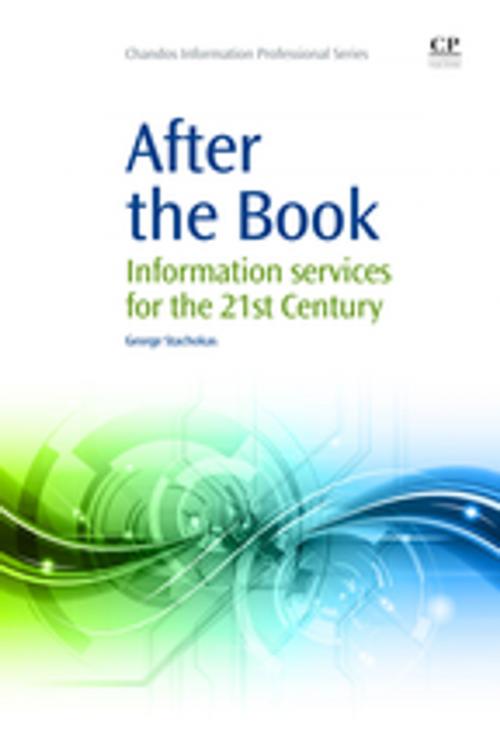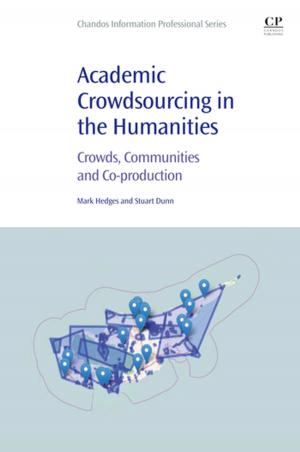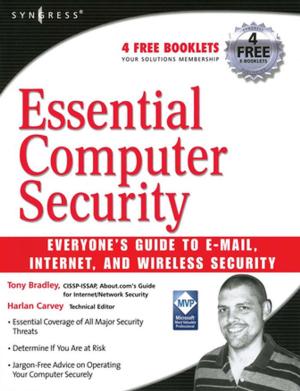After the Book
Information Services for the 21st Century
Nonfiction, Reference & Language, Language Arts, Library & Information Services, Business & Finance, Industries & Professions, Information Management, Reference| Author: | George Stachokas | ISBN: | 9781780634050 |
| Publisher: | Elsevier Science | Publication: | September 4, 2014 |
| Imprint: | Chandos Publishing | Language: | English |
| Author: | George Stachokas |
| ISBN: | 9781780634050 |
| Publisher: | Elsevier Science |
| Publication: | September 4, 2014 |
| Imprint: | Chandos Publishing |
| Language: | English |
Libraries and librarians have been defined by the book throughout modern history. What happens when society increasingly lets print go in favour of storing, retrieving and manipulating electronic information? What happens after the book? After the Book explores how the academic library of the 21st Century is first and foremost a provider of electronic information services. Contemporary users expect today’s library to provide information as quickly and efficiently as other online information resources. The book argues that librarians need to change what they know, how they work, and how they are perceived in order to succeed according to the terms of this new paradigm. This title is structured into eight chapters. An introduction defines the challenge of electronic resources and makes the case for finding solutions, and following chapters cover diversions and half measures and the problem for libraries in the 21st century. Later chapters discuss solving problems through professional identity and preparation, before final chapters cover reorganizing libraries to serve users, adapting to scarcity, and the ‘digital divide’.
- Describes how electronic resources constitute both a challenge and an opportunity for libraries
- Argues that librarians can re-define themselves
- Puts the case that libraries can be reorganized to optimize electronic resource management and information services based on contemporary technology and user needs
Libraries and librarians have been defined by the book throughout modern history. What happens when society increasingly lets print go in favour of storing, retrieving and manipulating electronic information? What happens after the book? After the Book explores how the academic library of the 21st Century is first and foremost a provider of electronic information services. Contemporary users expect today’s library to provide information as quickly and efficiently as other online information resources. The book argues that librarians need to change what they know, how they work, and how they are perceived in order to succeed according to the terms of this new paradigm. This title is structured into eight chapters. An introduction defines the challenge of electronic resources and makes the case for finding solutions, and following chapters cover diversions and half measures and the problem for libraries in the 21st century. Later chapters discuss solving problems through professional identity and preparation, before final chapters cover reorganizing libraries to serve users, adapting to scarcity, and the ‘digital divide’.
- Describes how electronic resources constitute both a challenge and an opportunity for libraries
- Argues that librarians can re-define themselves
- Puts the case that libraries can be reorganized to optimize electronic resource management and information services based on contemporary technology and user needs















